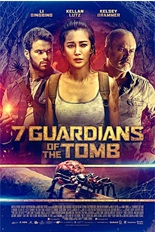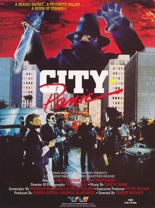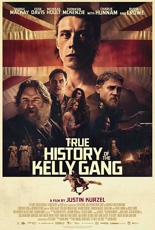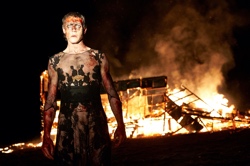
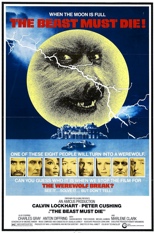 Ace adventurer Calvin Lockhart is aiming to trap and destroy the most dangerous creature known to man: a large man-dog responsible for numerous killings around Europe in the intriguing werewolf mystery The Beast Must Die.
Ace adventurer Calvin Lockhart is aiming to trap and destroy the most dangerous creature known to man: a large man-dog responsible for numerous killings around Europe in the intriguing werewolf mystery The Beast Must Die.
In a remote countryside lair, Lockhart has invited the most interesting of British society for a weekend at his mansion including Peter Cushing, Charles Gray and Michael Gambon. His plan, however, is to use his many modern-day computer devices — modern for 1974, of course — to suss out who the beast that must die is.
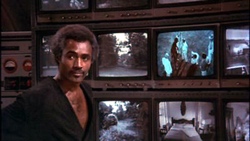 An interesting take on the beloved British mystery, horror studio Amicus took time off from its typical anthology films to make this atypical werewolf flick, their final horror film most notable for casting Lockhart — then a solid name from Cotton Comes to Harlem — as the lead, a proto-Blade, supernatural stalker who should have really had his own series of beast-killing movies.
An interesting take on the beloved British mystery, horror studio Amicus took time off from its typical anthology films to make this atypical werewolf flick, their final horror film most notable for casting Lockhart — then a solid name from Cotton Comes to Harlem — as the lead, a proto-Blade, supernatural stalker who should have really had his own series of beast-killing movies.
But what The Beast Must Die is probably remembered best for is the supremely silly “Werewolf Break,” wherein a ticking clock with pictures of the cast is shown on the screen as the audience is given 30 seconds to figure out who the beast that must die is. I guessed wrong and I’m sure you will, too. —Louis Fowler


